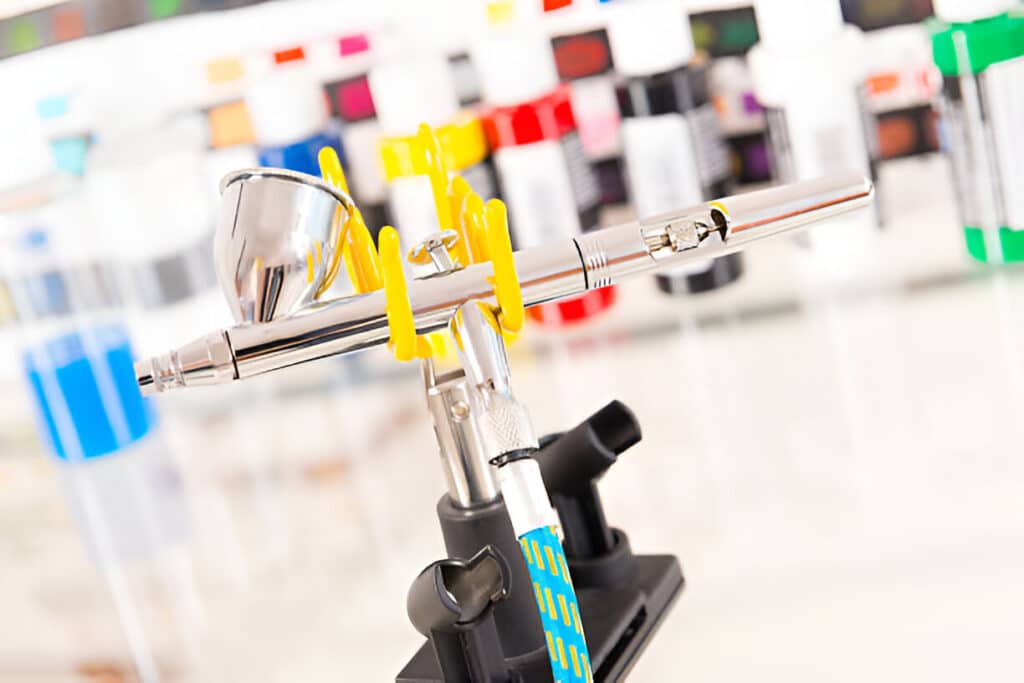Liquid handling systems have a role to play in laboratory settings. Basically, they can automate and standardize the transfer of liquids for different applications. Here are different functions of liquid handling systems.
Major Functions of Liquid Handling Systems
1. Precision and Accuracy
The use of liquid handlers is to ensure consistent and reproducible results in experiments. Likewise, it can minimize human errors in measuring and dispensing liquids.
2. Efficiency and Speed
Basically, when you have a liquid handler, you will be able to automate repetitive tasks, including pipetting, dilutions, and sample preparation. This process will speed up the workflows in high-throughput environments, such as drug discovery and diagnostics.
3. Contamination Prevention
If you handle liquids in a laboratory setting, it means that it can be at risk of cross-contamination. That is why you need a dedicated liquid handler to provide a sterile and automated handling process. Thus, minimizing human contact will improve sample integrity.
4. Application Versatility
Liquid handling systems can also be used in multiple applications, such as PCR, ELISA, liquid chromatography, and cell culture. That said, they can also handle different liquid volumes to suit a variety of preferences.
5. Reduce Waste and Cost
This process can aid in optimizing reagents and minimizing waste in the process. Furthermore, it can reduce the labor costs because you are able to automate the manual pipetting tasks.
Different Types of Liquid Handling Robots
1. Automated Pipetting Systems
Liquid handling robots can be single-channel or multi-channel pipettors. For instance, they can be used to automate individual pipetting tasks or across multiple wells in microplates. Thus, they can be utilized with high precision and improved speed.
2. Microplate Handlers
They can be used for high-throughput screening, as well as in drug discovery, ELISA, and genomics research.
3. Liquid Dispensing Robots
You can use bulk dispensers to deliver precise volumes of reagents across different samples. On the other hand, you can also use acoustic liquid handlers that use soundwaves to move nanoliter droplets and reduce cross-contamination.
4. Robotic Workstations
These are fully automated systems that can integrate pipetting, mixing, and incubation in the production line. Complex workflows can benefit from them in performing PCR preparation, cell culture, and synthetic biology.
5. Custom Modular Systems
You can use custom modular systems to cater to your specific needs in the laboratory. These are configurable platforms designed by integrating robotics with AI-driven software.
Choosing the Right Type of Liquid Handler
The selection will depend on the purpose of having a liquid handling robot. Thus, it may include how you want to use it, the sample volume, and your automation needs. For instance, if you want to achieve basic pipetting, you may choose the single or multi-channel automated pipettor. On the other hand, if you need high-throughput screening, you can opt for microplate-based liquid handlers.
The required volume and precision can also influence your selection. Thus, acoustic or air displacement systems work best for microliter or nanoliter handling, while peristaltic or syringe-based dispensers will suit larger volumes like milliliter or liter handling needs.
Do you need an automated liquid handling system? We can help you choose precise liquid handling robotics for laboratory applications that can streamline your workflows. Give us a call today if you want to request for a demo or place an order.


